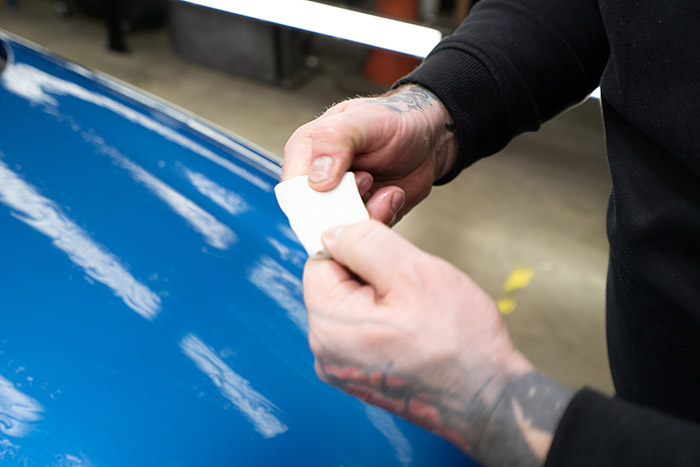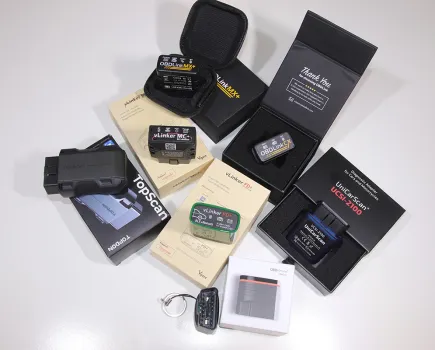If you’re looking for a safe way to remove old, built-up wax from your car, then you’ve come to the right place. Here’s our guide on how to remove car wax.
Waxing your car is a great (and arguably important) way to keep it looking fresh, and remaining protected from the elements. However, as with most stages of car detailing, it’s a bit of an art.
We’ve already shown you how to apply car wax, but what about when you need to start afresh entirely? After all, there will come a point where layers of wax build-up will need to be removed and replaced. Well, this guide will hopefully give you all the advice you need. So, without further ado, here’s how to remove wax from your car.
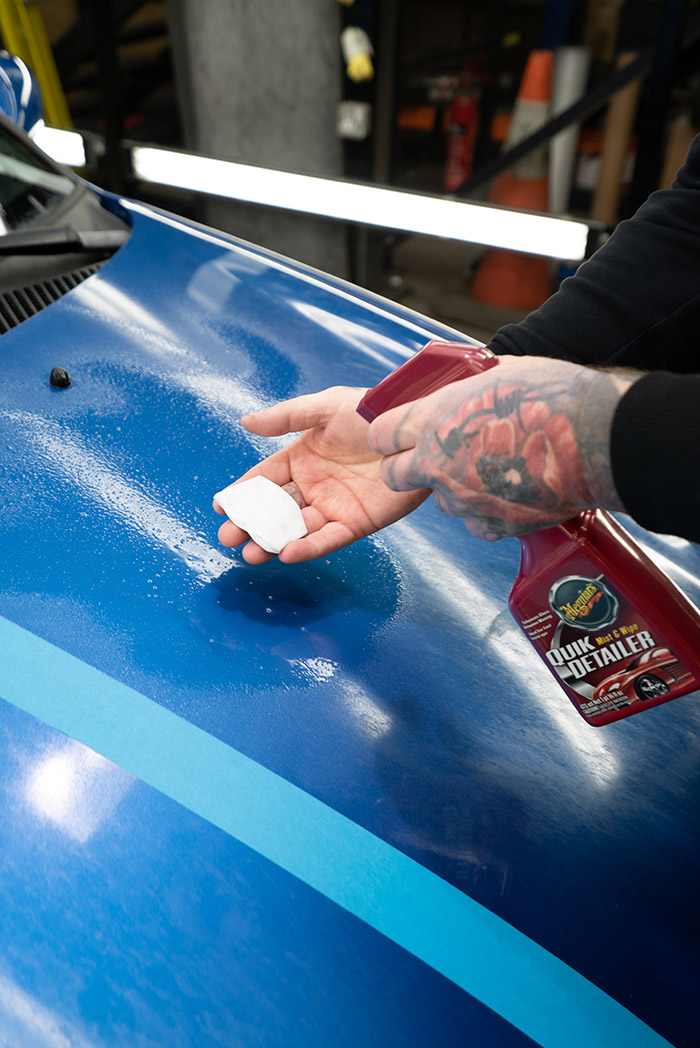
Clay Bar
The first tool we’re going to talk about is the clay bar. It’s as simple as it sounds really – just a bar of clay. To use it in this context, there are a couple of preparatory measures that you should take. First, make sure the car is freshly washed and dried, then add some lubricant (quick detailer or clay lubricant, ideally) to the affected area of bodywork which you’re trying to remove persistent wax from.
Next, take your clay bar and rub it across the waxy surface, using light pressure. The clay’s surface is non-abrasive, so you can get away with putting some elbow grease into this job. However, if you notice that the panel dries out, it’s important to re-apply lubricant if you wish to continue using the clay bar.
Once you’ve removed the old wax from as many areas as you need to (it’s probably wise to do the whole car at once), simply take a clean microfiber cloth and use that to remove any excess lubricant or clay residue.
A really important thing to remember though, is this. Never allow your clay bar to touch the floor or any dirty surface. If this happens, it’s likely to pick up debris, which you then risk rubbing into your car’s paintwork. And that’s a great way to create new scratches…
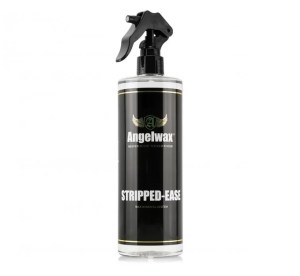
Pre-Wax Cleaner Spray
If you don’t want to use a clay bar, consider opting for some pre-wax spray instead. A spray-on wax remover is a gentle cleaning agent, meaning it’ll lift the wax up from the car’s surface without being too abrasive. As such, you’re safe to use these relatively frequently.
When you use one of these sprays, use a microfiber cloth to spread the solution across the waxy bodywork – in straight lines, not circles. That way you’ll avoid creating swirls. Take particular care around plastic trim, as this type of cleaning agent can have negative impacts on rubber or soft plastic, such as discoloration.
Hopefully the old wax will succumb to just one round of spray, but if it’s proving persistent, you should be able to get away with a second round. No more than that though, to be safe. Afterwards, take a fresh separate microfiber cloth to clean away any residue. If you fancy grabbing something like this, consider Angelwax Stripped-Ease (pictured above), which you can see price comparisons for below:
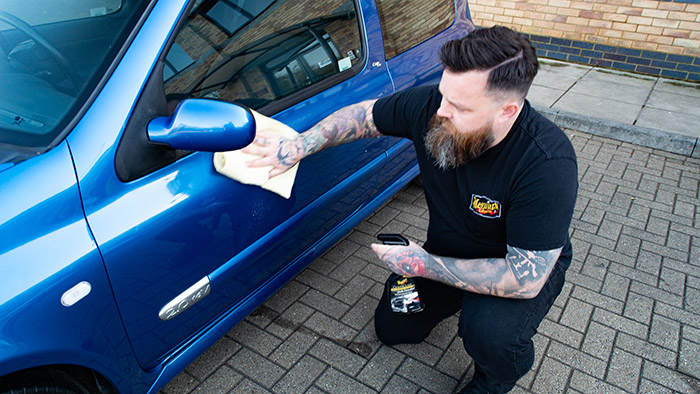
Quick Detailing Spray
The two options listed above are admittedly somewhat specialist. Unless you’re an avid car detailer, you probably don’t have a random clay bar or bottle of pre-wax spray lying about the house. Fear not though, because you might not have to go to the store or hop online and buy new equipment. In fact, if you’ve got a simple bottle of quick car detailing spray, that stuff could/should do the job.
Before you go down this route, it’s best practice to give the car a proper wash with shampoo and water first to get rid of any loose debris and grime. With that sorted, apply the quick detailer spray with a clean microfiber cloth. Chances are that this method will be the least effective of the three though, so you may need to apply more detailer spray to get the job done. Once you’re happy with the results, ensure you dry the car well to avoid all the usual pitfalls of water-based car cleaning, such as water spots, streaking, or uneven drying.
How to remove car wax from plastic
Right, so those methods above are great for removing wax from metal body panels. But the exterior of a car isn’t solely metal, so what about removing wax from plastic? Well, for a start, it’s important to avoid waxing these areas in the first place, as wax will have a very detrimental effect on the appearance of your plastic trim. Not only that, but it’ll permeate, making it quite tricky to remove with any of the usual techniques. Mistakes happen though, so if you find yourself needing to right a wrong, here’s how to do it:
The answer may surprise you, but an eraser might be your best bet. Start by assaulting the trim with a bit of quick detailing spray, then use your eraser (ideally a fresh one) to start rubbing away at the wax build-up. With any luck, the eraser will be able to dig into the plastic trim’s pores and dig out the wax. Alternatively, you could try a soft toothbrush in the hope that its thistle do a similar job. Whatever you do though, make sure not to get your eraser or toothbrush on the car’s metal paintwork at any point, as these rudimentary tools can have an abrasive effect.
How to remove car wax from glass
Similarly, you don’t want to wax glass as this’ll just make it cloudy. If you’ve found that out the hard way, then usually there won’t be too much reason to panic – a good general exterior wash should sort the problem. However, if you’re dealing with a particularly extreme example, then acidic liquid like vinegar is your friend.
Use a microfiber cloth to apply it on any affected windows and take great care when doing so. You certainly don’t want any vinegar eating into your paintwork. Oh, and unless you’re a bit odd, you probably don’t want your car’s windows to smell like vinegar either. As such, we recommend a wash with shampoo & water afterwards.

